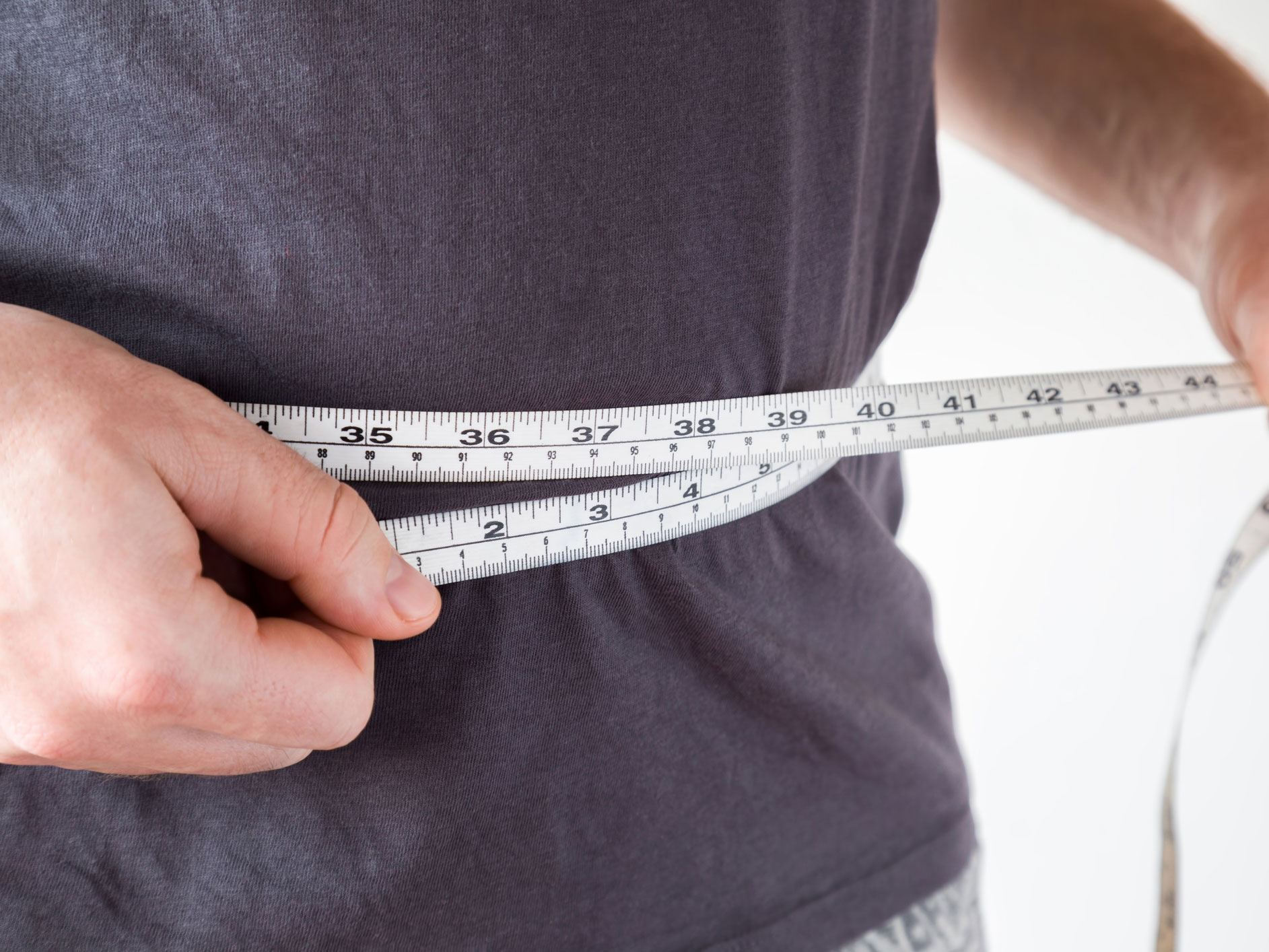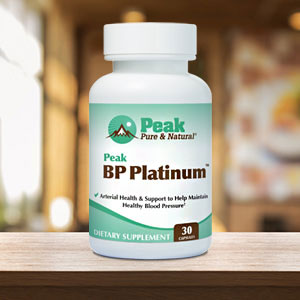Get Easy Health Digest™ in your inbox and don’t miss a thing when you subscribe today. Plus, get the free bonus report, Mother Nature’s Tips, Tricks and Remedies for Cholesterol, Blood Pressure & Blood Sugar as my way of saying welcome to the community!
Focus on your waist, not weight, to beat diabetes and heart disease

I’ll start off with some very old news, and get it out of the way before I get to the new news:
High blood pressure, elevated triglyceride levels in the blood, excess body fat around the waist, and elevated levels of blood sugar are all part of metabolic syndrome.
And metabolic syndrome leads directly to heart disease, stroke, and Type 2 diabetes.
Now, for some news that may be a surprise to you: your doctor is probably not doing nearly enough to help you avoid metabolic syndrome.
The Endocrine Society is a global network of both doctors and researchers in the field of endocrinology, which addresses the health of your endocrine glands and the many hormones they produce.
In July, the Society issued a new set of clinical guidelines for doctors around controlling their patients’ metabolic risk and helping them to avoid diabetes and heart disease.
I’d like to summarize those guidelines here, so you can see if your doctor is doing all he or she should to help you control your risk.
It’s important to identify risk factors early
First, let’s understand something.
Identifying your metabolic risk factors, things like excess weight and hypertension, is the best way you have to determine if you’re a sitting duck for diabetes and heart disease.
That’s why it’s so important for your doctor to screen you often enough, and well enough, to detect those risk factors. You need that information in order to take the right steps to safeguard your future health.
The Endocrine Society’s 2019 clinical practice guideline calls on doctors to regularly screen all their patients for five risk factors:
- Elevated waist circumference
- Decreased HDL cholesterol (“good” cholesterol)
- Elevated blood triglycerides
- Elevated blood pressure
- Elevated blood glucose
If a patient’s readings are abnormal in three or more of these categories, they are to be considered at risk for metabolic disease and should undergo a ten-year risk assessment.
The generally accepted tool for doing this is the Framingham Global Risk Assessment. Based on data gathered from the Framingham Heart Study, it estimates a healthy adult’s risk of developing heart disease or diabetes in the next ten years.
Of the five risk factors mentioned above, there’s one that doctors often neglect to evaluate in their patients.
Can you guess which one it is?
Waistline matters more than weight
Dr. James Rosenzweig of Hebrew Rehabilitation Hospital in Boston chaired the committee that wrote the new 2019 guidelines.
The guidelines recommend measuring waist circumference as a routine part of every physical exam.
“Doctors haven’t been doing enough to measure waist circumference,” Dr. Rosenzweig says.
Recent research suggests that the ratio of waist circumference to hip size is the most accurate way to estimate a person’s risk of health problems related to being overweight.
Are people with extra weight around the middle at higher risk than those who are technically considered overweight, but carry that weight elsewhere on the body?
Researchers from Loughborough University in the U.K. and the University of Sydney in Australia looked at data from 42,072 people in England and Scotland over a ten-year period.
They found that people who had a normal body mass index (BMI) but a high waist-to-hip ratio had a 22 percent higher risk of death from all causes, compared to those with normal BMIs and healthier waist-to-hip ratios.
How to reduce your waist circumference
A combination of healthy living, healthy eating and exercise is your best bet for trimming your waistline.
It’s a good idea to talk with your doctor before going on a calorie-restricted diet or changing your eating habits drastically.
Here are a few ways to start chiseling away at that midsection fat…
- Fitness expert Debra Atkinson offers this super, easy floor exercise workout for both a flat belly and slim waist.
- Yoga is one form of exercise that, over time, has been shown to reduce the waistline.
- Walking is a great way to burn calories and protect your heart.
- High-intensity interval training (HIIT) is a proven way to burn belly fat.
- A diet high in fruits, vegetables, and soluble fiber is what you need. And naturally, lay off the sugar and refined carbs. Probiotics can help burn body fat, keep your cholesterol healthy and prevent diabetes.
Editor’s note: Are you feeling unusually tired? You may think this is normal aging, but the problem could be your master hormone. When it’s not working, your risk of age-related diseases skyrockets. To reset what many call “the trigger for all disease” and live better, longer, click here to discover The Insulin Factor: How to Repair Your Body’s Master Controller and Conquer Chronic Disease!
Sources:
- Endocrine Society: Most adults should be screened for metabolic risk — Healio
- The Framingham Global Risk Assessment Tools — ConsultGeri
- Metabolic Risk Guideline Resources — The Journal of Clinical Endocrinology and Metabolism
- Your waist circumference matters more than your weight — intermountainhealthcare.org
- Forget Your BMI and Focus on This Measurement Instead — Health
- Reducing Your Waist Size the Healthy Way — Healthline














